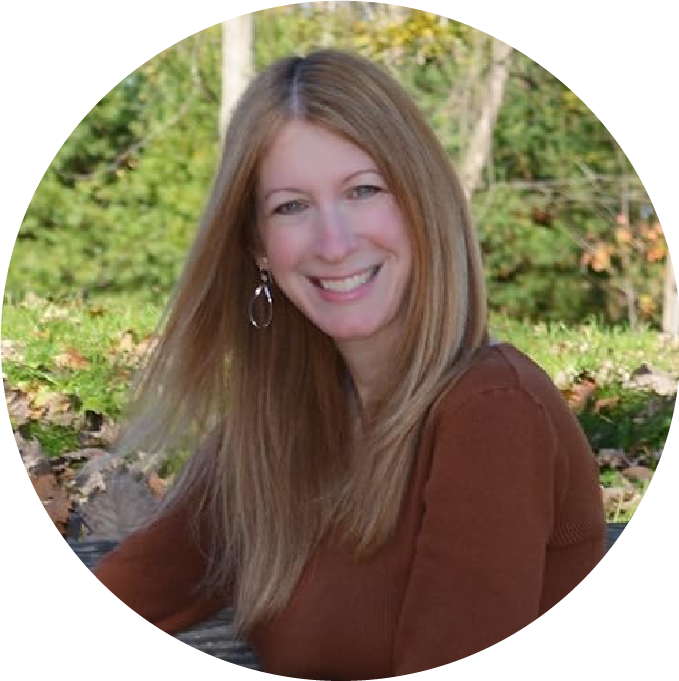
Janis Gioia, MAEd.
Founder, Storyteller, Meditation and Yoga Teacher
When I Met Max
When I first met Max, I was finishing my Master’s degree in special education and working with children who had significant medical, sensory, and emotional needs.
Max was eight years old, legally blind, and living with a progressive neurological disorder.
I was told he was unreachable, resistant, and unlikely to learn.
I saw was something different.
He was visibly tense and overwhelmed, and his fear was coming out as anger.
I knew I couldn’t reach Max, much less teach him, until he was calm enough to engage.
Meditation had helped many of my students before, but Max would need something adapted entirely for him.
His practice needed to come through sound, touch, and imagination.
I gathered a few toys that fit easily in his hands and began a simple story.
It didn’t look like meditation the way most people imagine it.
Instead, meditation was a story layered with calming breaths, simple relaxation, a short body scan, guided imagery, and a bit of sensory grounding, created to meet Max right where he was.
What mattered was that it helped him feel relaxed enough to learn.
Comfort First
As the story unfolded, the tension in his hands eased and his small fingers slowly unclenched.
When the story was over, and the meditation practice finished, Max asked quietly if we could do it again.
We began every lesson that way from then on.
A story.
A breath.
A moment of comfort he could hold onto.
His care team noticed changes over time: less tension, more engagement, more willingness to try.
His parents saw it too.
They told me Max used the stories and the practices during hospital visits when he was afraid.
The practices brought him comfort.
Comfort gave him something familiar to return to, his own small sanctuary, when his illness and his world felt scary and out of control.
Why I Created Wee Meditate
That experience shaped Wee Meditate, a pediatric emotional comfort tool created to give children a place to feel safe, supported, and calm.
Children need practices that meet them where they are.
They need comfort they can feel.
They need stories that help their nervous system settle.
They need simple tools that do not demand stillness or perfection.
I created Wee Meditate so every child, especially those who rarely see themselves reflected in meditation spaces, can find calm in ways that suit their bodies, needs, and daily realities.
Every child feels comfort in their own way.
